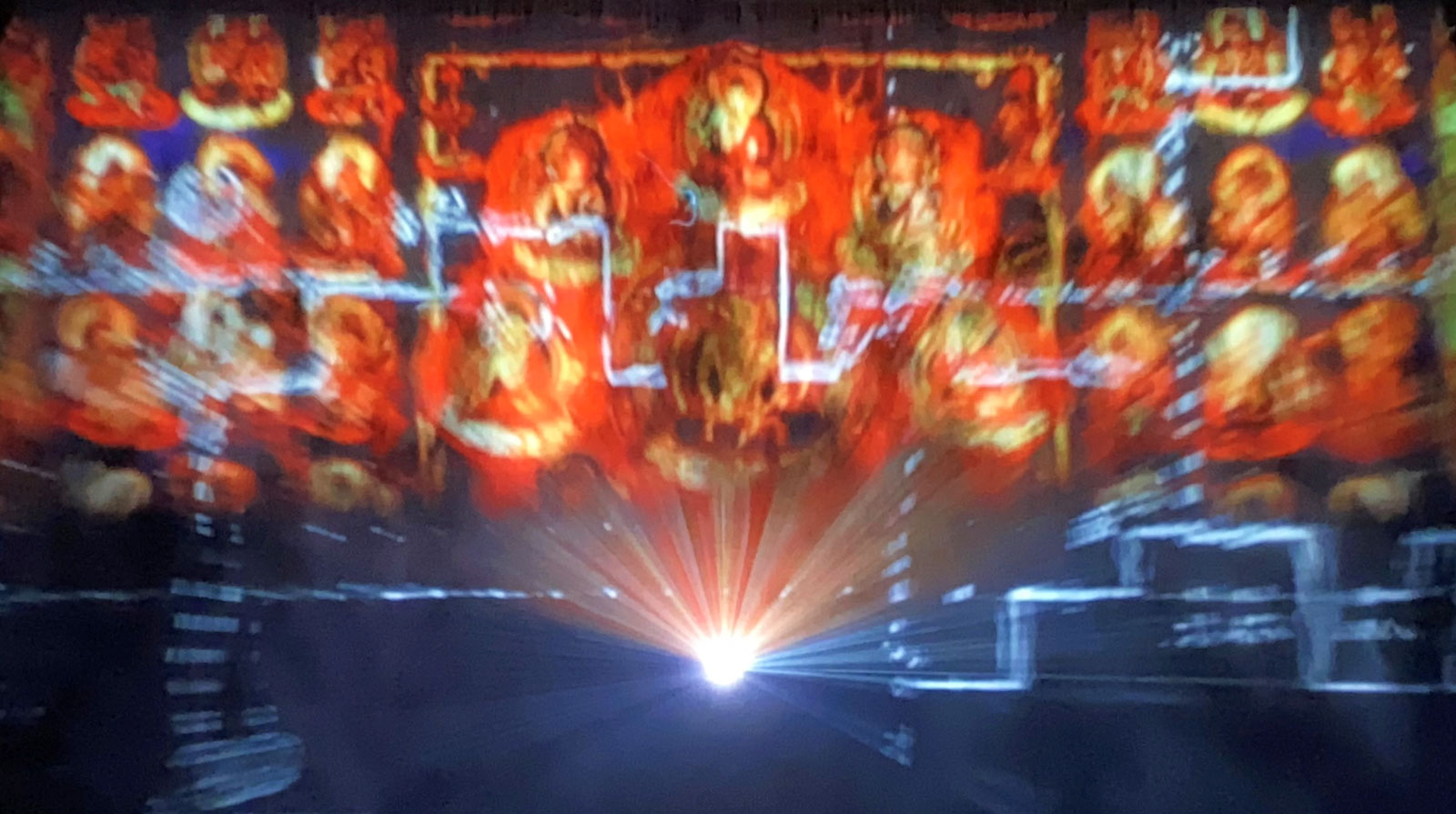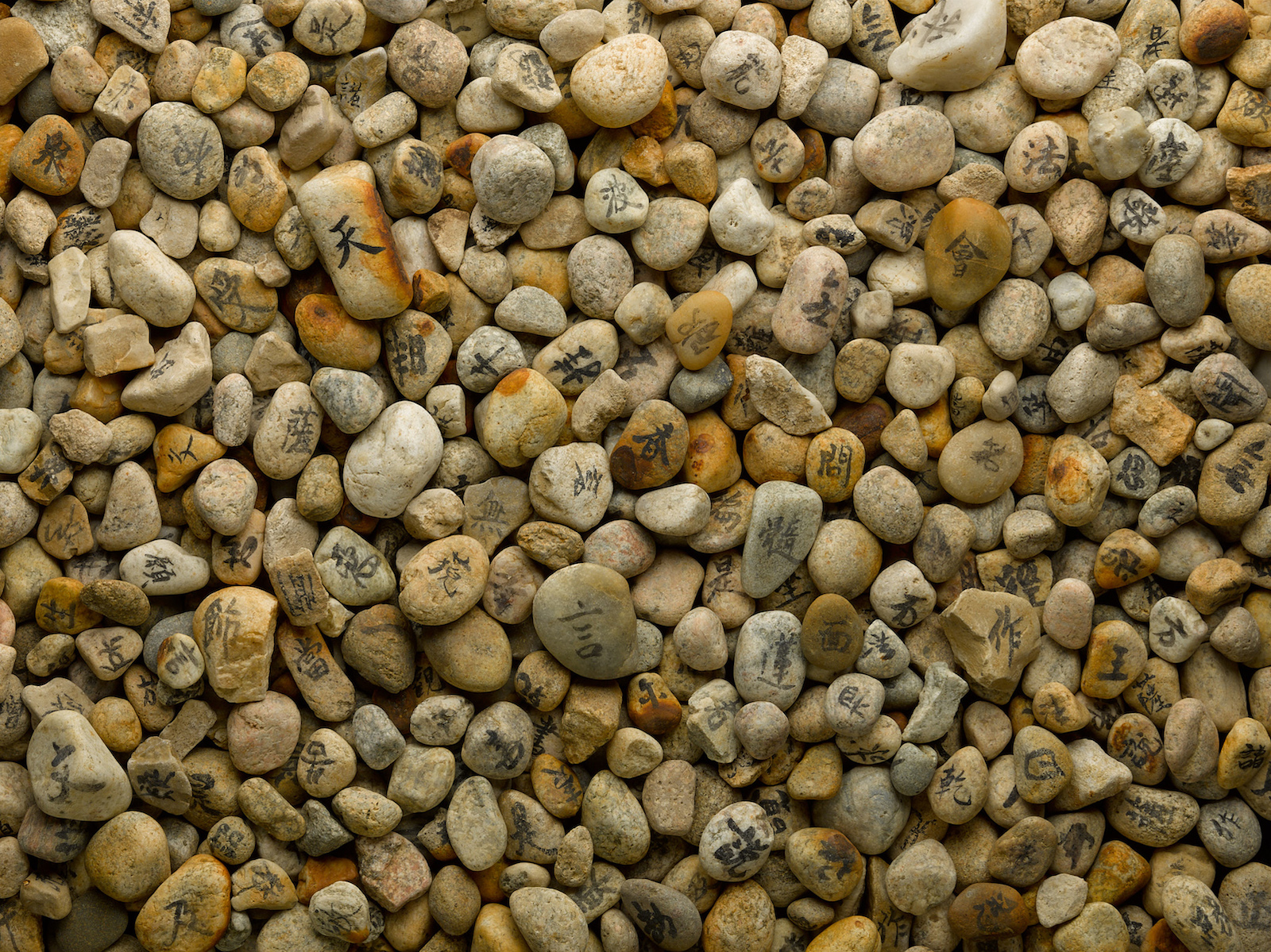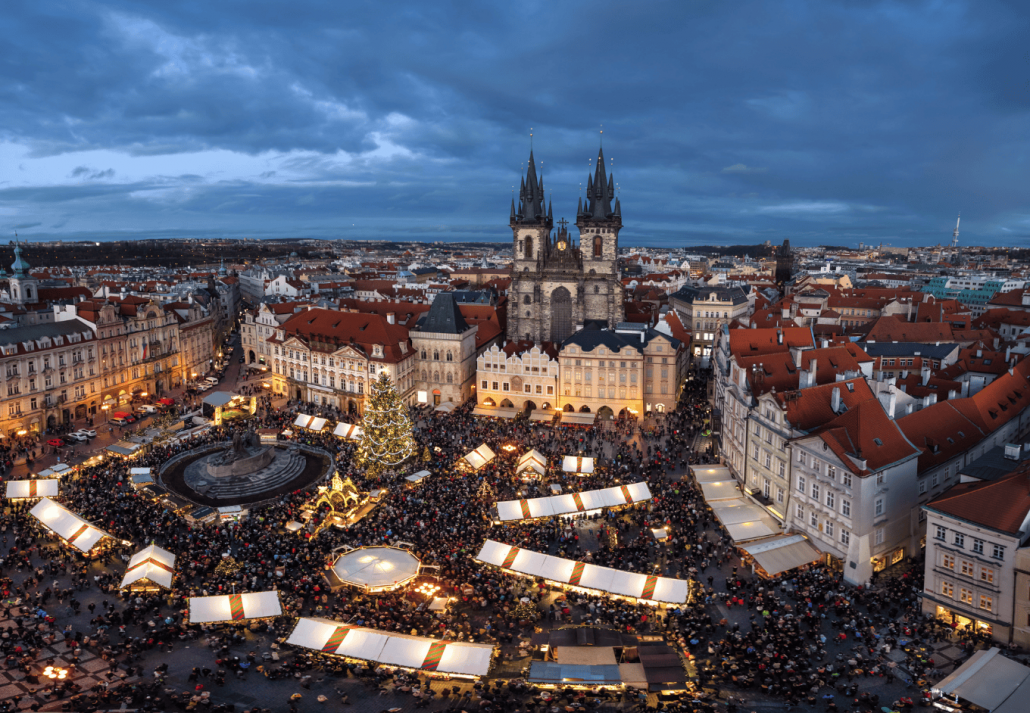Preparing the Mind and Body for Meditation
How cleaning your meditation space and setting up an altar can transform your practice—and generate infinite merit The post Preparing the Mind and Body for Meditation appeared first on Tricycle: The Buddhist Review.

When we are serious in wanting to meditate every day, it is important to know what to do in both the actual meditation session time and when we are living the rest of our life, the time between sessions. Why? When we are able to make our life meaningful not only in the session time but also in between sessions, all the twenty-four hours of a day become highly meaningful. In this way, our whole year—our whole life—becomes highly meaningful.
In that way, our whole life is divided into these two. Then the actual meditation session is further divided into three:
• the preparatory practices
• the actual body of the meditation
• the completion
The preparatory practices are what we do before the meditation actually begins. As an analogy, unless we make the necessary preparations before making a cake—buying the right ingredients rather than just going to the fridge and finding the eggs are off—the cake will turn out disgusting, and our friends will realize the complete renunciation of the cake. Therefore, before we even begin the cake, we need to make careful preparations, buying all the ingredients, ensuring they are the best quality, having a good recipe, and so forth. Similarly, how rich our meditation is depends on how well we have prepared for it. Therefore, we should never skip or rush the preliminary practices, thinking they are not important.
There are generally said to be six preparatory practices:
1. cleaning the meditation room
2. making offerings
3. sitting in a suitable posture
4. visualizing the merit field
5. reciting the seven-limb prayer and offering a mandala
6. requesting the lineage lamas
When we have a regular meditation practice, it is very helpful to have a particular place dedicated to our meditations. It can be a separate room or a corner of a room; it can be simple or ornate, but it should be a welcoming place, one we want to be in. It is good to have an altar where we can make offerings before we start to meditate.
The altar is where we place the holy objects. A Buddha statue or picture should be in the center, with a dharma text, symbolizing the enlightened holy speech, to the left of the Buddha (as we face the altar), and a stupa, symbolizing the enlightened holy mind, to the right. Thangkas of any deities we have can be hung on the wall above the altar or on either side of it.
After the first preparation, cleaning the meditation place, we make offerings, such as a row of water bowls. Both cleaning the place and performing offerings are extremely useful methods to collect merit and purify delusions.
How rich our meditation is depends on how well we have prepared for it. Therefore, we should never skip or rush the preliminary practices, thinking they are not important.
The third preparation is sitting in a suitable posture, which traditionally is the seven-point posture of Vairochana, but it could also be just sitting comfortably on a chair. After that, we clearly visualize the object of refuge, the merit field. This is the object we rely on in order to be saved from the sufferings of both the lower realms and the whole of samsara. This can either be Guru Shakyamuni Buddha or an elaborate visualization of all the buddhas and lineage lamas.
The fifth one is accumulating merit and purifying our delusions by doing the seven-limb practice and the mandala offering. Then, finally with the sixth practice, from the depth of our heart we make requests to the lineage lamas of the lamrim teachings, in order to quickly generate the realizations of the steps of the path to enlightenment.
Each of these preliminary practices has a profound meaning. We really need to understand the whole path to be able to understand their significance. The deeper our understanding, the deeper the feeling we get from these six preparatory practices and the more essential they seem. This is not just a custom we are being asked to follow; each practice has great significance, but that might be clouded until we can understand many other aspects of the path, such as the full significance of relying on the Buddha, dharma, and sangha, and what karma is.
Even if the altar and meditation room are not particularly dirty, you should still clean them. You should think that this is Guru Shakyamuni Buddha’s room and clean it out of great respect for the Buddha. This is his mandala, his palace, and cleaning it is offering service to him, rather than becoming a service to your negative mind. You should therefore check your motivation carefully as you are cleaning the room.
You can recite this prayer while cleaning:
Abandon dust; abandon stains.
“Abandon dust” refers to abandoning the inner dust, the dust of anger, the dust of attachment, and the dust of ignorance, and all the disturbing thought obscurations (nyöndrip). “Abandon stains” refers to the subtle defilements, the obscurations to knowledge (shedrip) that block you from attaining enlightenment. When you say this prayer, you can relate the “dust” to your own delusions that prevent you from achieving liberation and the “stains” to the subtle obscurations that prevent you from achieving enlightenment for sentient beings.
Although cleaning is the first of the preparatory practices, that does not mean you can do this cleaning meditation only when you are in your meditation place about to meditate. Whenever you clean anything—your home, your car, your work—it is very worthwhile to meditate in this way. It transforms what you are doing into holy dharma, and with a bodhichitta motivation, it becomes the cause of enlightenment.
If you have an altar in your home and you offer incense and lights to the statues on that altar with the mind of bodhichitta, the effect is so powerful. You can also have a “mental altar” just by visualizing the Buddha, but a physical altar can become the focus of your meditations. Once your altar is set up, every time you see the altar you see the Buddha. This is not some projection from your own side. The Buddha is there. To think this is just in your imagination disturbs your practice.
If the effect on the mind of just seeing a statue or picture of the Buddha is inconceivable, then the effect of making offerings to a Buddha image is utterly inconceivable. In The Sutra of the Mudra Developing the Power of Devotion, it says,
The minute you see a holy object you create infinite merit, so without question, if you actually make prostrations, offerings, and so forth, you create far greater merit.
You make offerings, prostrate to the enlightened beings, and clean holy places to purify your negativities. The power of these actions comes not only from the action itself but from the power born out of the limitless wisdom and compassion of the Buddha. As you perform these actions, if you are aware of the great qualities of the Buddha, this increases your devotion and therefore the effectiveness of the action. Even if you don’t have so much as a stick of incense to offer, just visualizing a buddha image and offering mentally created offerings creates such unbelievable merit.
This is such an easy thing to do. Whenever you see something beautiful you can offer it to the Buddha, dharma, and sangha. If you have a garden, you can enjoy it yourself, but you can also use it as a wonderful ever-present offering to them. Every time you go out into it or see it from the window, you can offer it to them, the Three Rare Sublime Ones. Every time you do some work on it, you can feel you are working for them. Then, working to make one flower beautiful is working for Guru Shakyamuni Buddha.
Even if you don’t have so much as a stick of incense to offer, just visualizing a buddha image and offering mentally created offerings creates such unbelievable merit.
When you make offerings, you should do it without deceit, which means without any nonvirtuous motivation at all, such as seeking worldly gain, which would poison the offering. What makes an offering pure is having a pure motivation.
There is a story of the great yogi Geshé Ben Gungyal that exemplifies this. One day, because a benefactor was visiting his hermitage, he cleaned his room thoroughly, but when he sat down and examined his motivation, he saw he had done it in order to impress the benefactor: the motivation was a worldly one. Realizing this, he suddenly stood up, took a handful of ash from the fireplace, and scattered it over the altar, making a real mess. He had recognized that although what he did had the form of a dharma action, it wasn’t. And so, to immediately practice the antidote and let go of the attachment, he threw the ash over the altar.
Because you are making an offering to a holy being, it is important not only to be mindful and respectful but also to make the action of offering as beneficial as possible. Don’t be lazy or sloppy. Make sure the bowls, the water, and any other offerings you have are clean. If a dear friend came to see you, you wouldn’t offer them dirty water from a dirty glass, would you? From the side of the buddhas, cleanliness is not important. Even if you offered them dirt, for them it would be the purest nectar, but it is so important from your side to make everything to do with the offering as clean and nice as possible. To offer something dirty pollutes your mind and blocks realizations.
Traditionally, there are seven or eight bowls. They can be very simple, but it is very good to make them as beautiful as possible. The custom is to always have the bowls upside down on the altar when they are empty; otherwise, it’s like you are offering nothing to the Buddha. When you are ready to make the offering, first you symbolically clean the bowls by taking the upturned bowl in one hand and purifying it by swirling the smoke from an incense stick in it, making sure you say “om ah hum” at the same time.
Pour some water into the first bowl and place it on the altar. Then turn the next bowl over and pour a little of the water from the first bowl into it, again saying “om ah hum.” In that way, transfer the water from the second to the third bowl, until you have all the bowls upright on the altar with just a little water in each. Then, you fill up each bowl with water, to just below the rim, again saying “om ah hum.” The bowls should be neatly in a line and almost touching but not quite—about the space of a rice grain between each.
Another way of laying out the offerings is with actual substances instead of water, like incense, a candle, food, and flowers. This corresponds to the offerings you see in prayers and sadhanas:
argham: water for drinking
padyam: water for cleaning the feet
pushpe: flowers
dhupe: incense
aloke: light
ghande: perfume
naividya: food
shapta: music
For instance, for the nonwater offerings, you can place some rice in the bowl and then place the offering on top of that, like a small flower, a stick of incense, a tea light, and so forth. You can have water in the perfume bowl and add some fragrance you really like. For the music offering, you can have a bell or even a recording of beautiful music. For the nonwater offerings, you don’t have to turn the bowls over when clearing away the offerings at the end of the day.
Whatever you use, mentally transform it into divine nectar for the Buddha; it’s no longer a bowl of water or a chocolate biscuit. Physically, what you have in the bowls is just mundane substances—water, rice, incense, and so forth—but by saying “om ah hum” and visualizing the offerings as divine offerings you transform them into what you are actually offering the Buddha. This practice brings continuous benefits. This is why we call the Buddha a “field of merit.” He is the field from which we harvest all good qualities.
◆
© 2024 by Lama Zopa Rinpoche, The Power of Meditation: A Complete Guide to Transforming Your Mind. Reprinted by arrangement with Wisdom Publications.

 AbJimroe
AbJimroe 

































